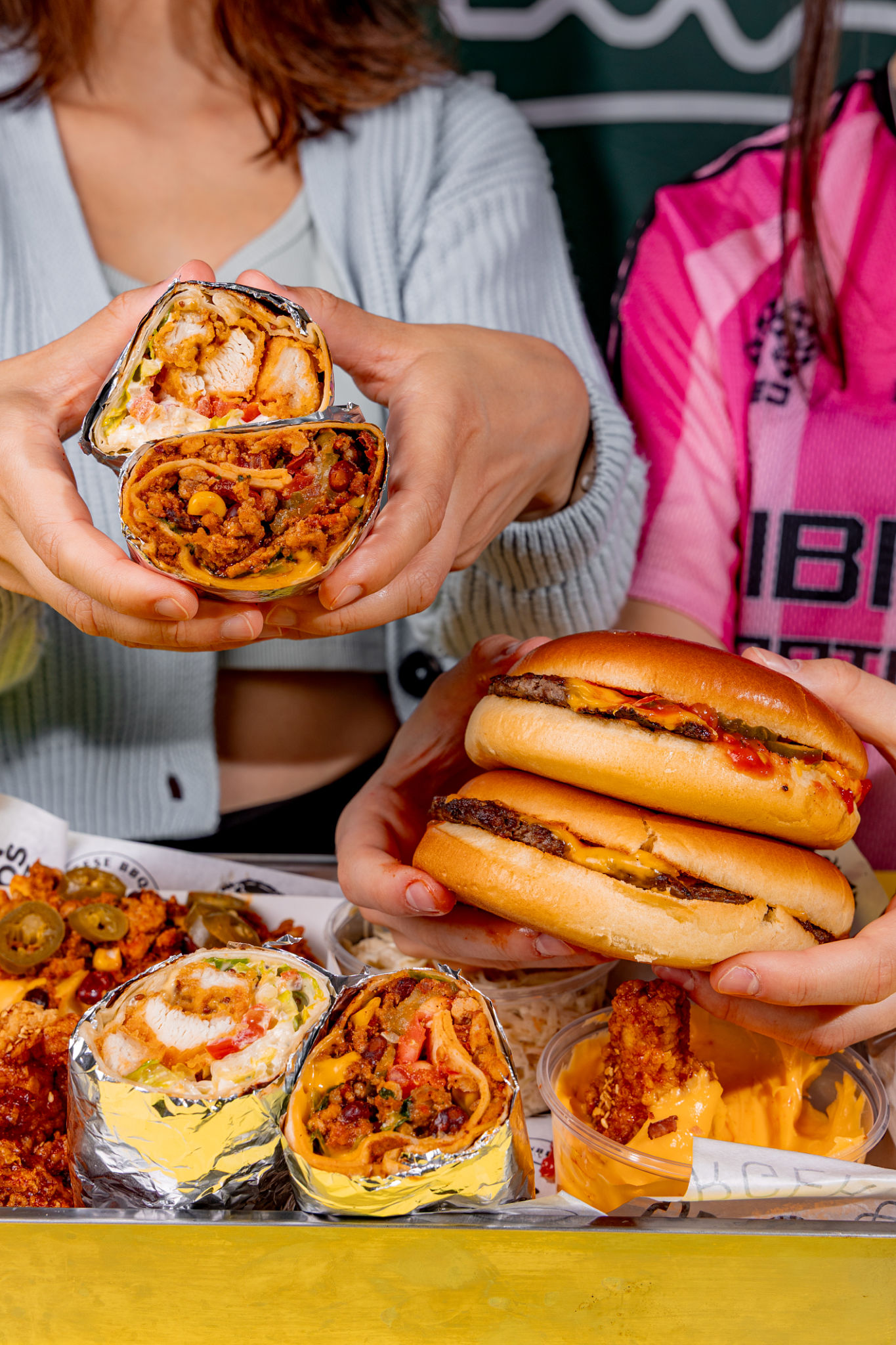A Beginner's Guide to Middle Eastern Cuisine: What to Eat on Your Tour
Introduction to Middle Eastern Cuisine
Middle Eastern cuisine is a vibrant tapestry of flavors, aromas, and colors that has captivated food lovers around the world. With a history as rich as its ingredients, this culinary tradition offers a unique experience for those willing to explore it. Whether you're planning a trip to the region or simply want to try something new at home, understanding the essentials of Middle Eastern food is your first step.

Key Ingredients to Look For
Middle Eastern cuisine is characterized by its use of fresh and aromatic ingredients. Some of the key components include:
- Olive oil: A staple in Middle Eastern cooking, used for both cooking and dressing.
- Spices: Cumin, coriander, and saffron are just a few spices that add depth to dishes.
- Legumes: Lentils and chickpeas form the base of many traditional recipes.
- Fresh herbs: Mint, parsley, and cilantro are frequently used to enhance flavor.
Popular Dishes to Try
When exploring Middle Eastern cuisine, there are several must-try dishes that represent the heart of this culinary tradition. Here are some recommendations:
- Hummus: A creamy blend of chickpeas, tahini, lemon, and garlic, often served as a dip.
- Falafel: Deep-fried balls made from ground chickpeas and spices, served in pita or on their own.
- Tabbouleh: A refreshing salad made with bulgur, tomatoes, onions, and a generous amount of parsley.

Exploring Regional Variations
The Middle East is a diverse region, and each country has its own unique take on traditional dishes. For example, Lebanese cuisine is known for its emphasis on fresh vegetables and herbs, while Persian dishes often feature rich sauces and stews.
Exploring different regional variations can offer a deeper understanding of the cultural influences that shape Middle Eastern food. Consider trying dishes from countries such as Turkey, Iran, and Morocco to get a full taste of the region’s diversity.
Street Food Delights
Street food is an integral part of the Middle Eastern culinary experience. From bustling markets to roadside stalls, these quick and flavorful bites provide a taste of local life. Some popular street foods include:
- Shawarma: Grilled meat served in flatbread with vegetables and sauce.
- Manakish: A flatbread topped with za'atar, cheese, or ground meat.
- Knafeh: A sweet pastry made with thin noodle-like pastry soaked in syrup and layered with cheese.

Conclusion: Embrace the Flavors
Middle Eastern cuisine offers a delightful array of tastes and textures that are sure to intrigue and satisfy. Whether you're sampling dishes at a local restaurant or trying your hand at cooking them at home, embracing the flavors of the Middle East is an adventure worth taking. With this guide, you're well-equipped to start your culinary journey and enjoy the rich heritage and delicious offerings of this fascinating region.